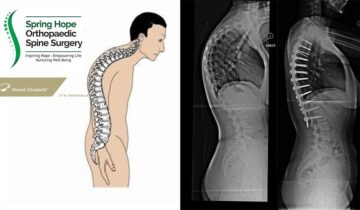By Dr Tony Setiobudi BMedSci, MBBS, MRCS, MMed (Ortho), FRCS (Ortho)
Parents often worry if their child is the shortest in class. Medically, short stature is defined as height below the 3rd percentile compared to other children of the same age and gender. In simple terms, if there are 100 children of the same age and gender, the shortest 3 would be considered to have short stature. However, this doesn’t always mean the child has a medical problem. As long as the child grows in a consistent pattern, it is considered medically normal.
What Influences a Child’s Height?
- Genetics – A child’s height is largely influenced by the height of their parents. Genetics plays a major role in determining how tall a child will be.
- Late Bloomers – Some children go through delayed growth spurts. They may appear shorter than their peers, but as they grow older, they often catch up or even become taller than those who matured earlier. This happens because late bloomers continue growing when others have stopped.
- Medical Problems – Conditions such as poor appetite, lack of nutrition, digestive issues, hormonal disorders, genetic syndromes, or chronic illnesses can affect a child’s growth.
What Can Be Done to Maximize Growth?
- Eating nutritious food, exercising regularly, and getting enough sleep can help maximize growth.
- If there are medical problems, they should be properly managed to minimize their impact on physical growth.

Dr. Tony Setiobudi is an orthopedic surgeon and a spine surgery super-specialist at Mount Elizabeth Hospital (Orchard), Singapore. He treats conditions related to the bones, joints, nerves, muscles, and ligaments in both adults and children. Dr. Tony has special expertise in managing pinched nerves (HNP & spinal stenosis) and various spine-related issues such as back and neck pain, scoliosis, kyphosis (hunched posture), spinal tumors and infections, major spinal cord injuries, and osteoporotic fractures.







 No products in the basket.
No products in the basket.